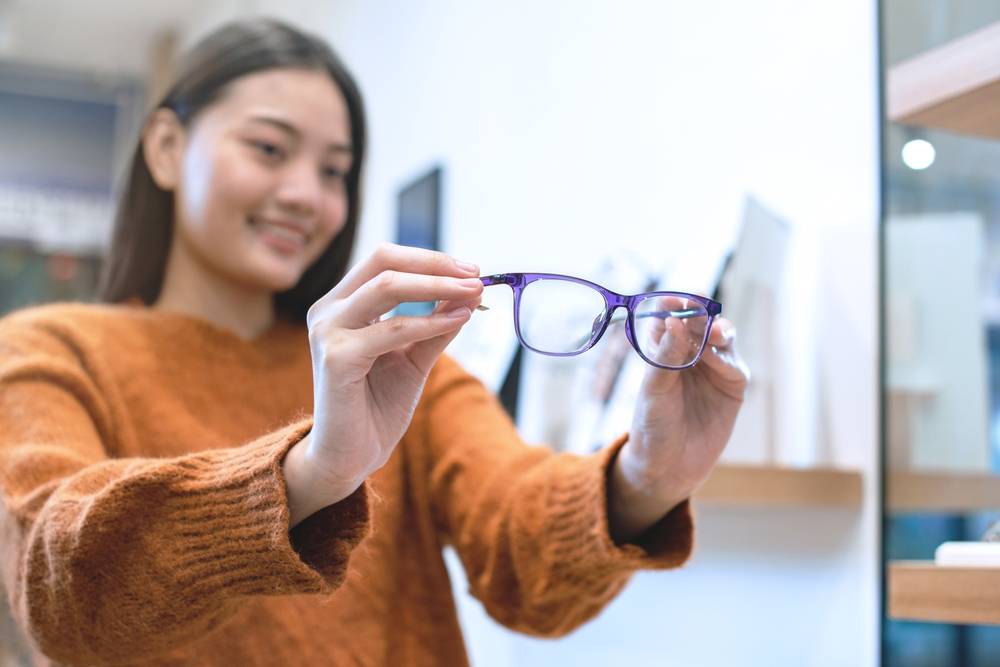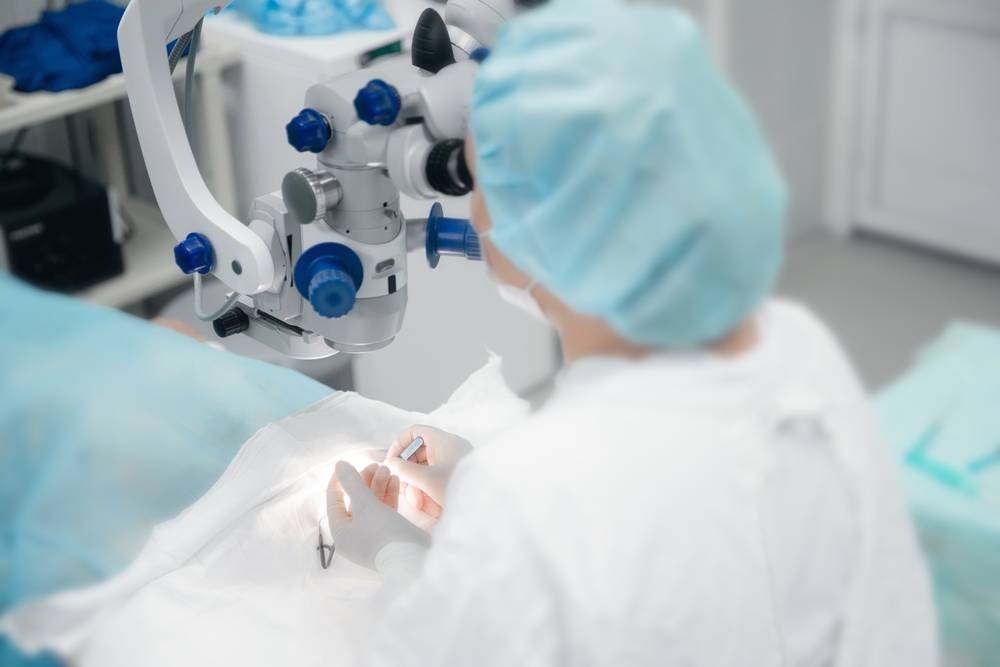Have you noticed how many of your friends have opted for vision correction procedures? If you’re tired of foggy glasses or the hassle of contacts, you may be wondering which option is best for you. Let’s explore popular procedures available for vision correction in Singapore.
Myopia in Singapore
Singapore is labelled as the “Myopia Capital of the World” due to the high prevalence of myopia or nearsightedness among the people. By 2050, it is expected that 80-90% of Singaporean adults over 18 will have myopia, with 15-25% potentially developing high myopia.

Among those aged 50 and older, the prevalence of myopia is projected to rise significantly, doubling from the current 40% to 80% in the next few decades, according to Professor Saw Seang Mei, Distinguished Wallace Foulds Professor at Duke-NUS Medical School.
Prof. Saw is also co-head of the myopia research group at the Singapore Eye Research Institute (SERI).
Read also: Advancing Myopia Management in Children – Insights from APMMS 2024
What is Myopia?
Short-sightedness or nearsightedness, also known medically as myopia, is a common eye disorder causing distant objects to appear blurry while close objects remain clear.
This happens when incoming light does not focus correctly on the retina, resulting in blurry images of distant objects.
Extremely high myopia can lead to sight-threatening eye disorders such as cataract and glaucoma (raised eye pressure) if the vision deteriorates over time.
Common risk factors of myopia
- Family history of myopia
- Prolonged screen time on computers and smartphones
- Insufficient time for outdoors
- Poor diet
- Reading or using technologies in dim places
- High blood sugar levels especially in diabetic patients
Typical symptoms of myopia
- Eyes squinting when looking at far objects
- Far objects appear blurry but close items appear clear
- Eye strain
- Headaches
These refractive errors are commonly corrected by glasses or contact lenses. With advanced medical technologies now available, refractive procedures are available to correct the vision as well.
With so many procedures and options out there, it can be quite confusing. Grayson Lim shared his concern with us on our Community Page:

Dr Petrina Tan, Senior Consultant Ophthalmologist at Eagle Aesthetics & Surgery, shared her answers to Grayson’s questions. In this article, let’s explore her answers on the common types of corrective procedures for myopia available in Singapore, and their differences.
Read more: Correcting My Eyesight – MCA Community Page
1. Laser-Assisted In-Situ Keratomileusis (LASIK)

How it works
LASIK is one of the most common and well-known procedures for correcting myopia.
Since it is bladeless, LASIK uses femtosecond laser to correct the vision by creating a thin corneal flap. The flap is lifted and an excimer laser is used to sculpt the corneal tissue underneath. The corneal flap is then repositioned.
The advantages
- Quick procedure (about 10 – 15 minutes per eye).
- Suitable for patients with myopic level up to 800 degrees.
- Quick recovery (can resume work within 1-2 days).
The drawbacks
- Side effects post-procedure such as dry eyes, light sensitivity, glare and halos may happen during the first few weeks.
- Possible corneal flap complications.
- Not suitable for people participating in contact sports to prevent corneal flap dislocation.
2. ReLEx SMILE (Refractive Lenticule Extraction, Small Incision Lenticule Extraction)
How it works
ReLEx SMILE is a minimally invasive, flapless procedure. A femtosecond laser creates a disc-shaped piece of corneal tissue (lenticule) just beneath the surface of the cornea. A small cut is made by the laser on the cornea to remove the lenticule. The removal of the lenticule changes the way light bends into the eye, clearing the vision.
The advantages
- Less invasive, with no need to create a corneal flap.
- Quick procedure (about 5 – 10 minutes per eye).
- Recommended for individuals with moderate myopia (250 to 800 degrees).
- Suitable for people engaging in contact sports as no risk of traumatic flap displacement or dislodgement since it is flapless.
- Faster recovery (can resume work in 2-3 days) and fewer complications related to corneal flap issues.
- Lower risk of dry eyes and postoperative discomfort due to the smaller incision required, compared to LASIK.
The drawbacks
- Not suitable for patients with thinner corneas or higher myopia.
3. Photorefractive Keratectomy (PRK)
How it works
PRK is a procedure that reshapes the cornea’s surface called epithelium, without creating a flap. The outer epithelium cells then regenerate and heal over the next few days.
The advantages
- No risk of corneal flap complications and dry eyes.
- The quickest procedure (3-5 minutes per eye) compared to LASIK and ReLEx SMILE.
- Suitable for people with thinner corneas.
- Suitable option for people with high-impact lifestyles where flap dislocation is a risk.
- Effective for patients with higher myopia levels (up to 1000 degrees) who are not LASIK candidates.
The drawbacks
- Longer recovery time (can resume work in 1 week) compared to LASIK and ReLEx SMILE.
4. Implantable Collamer/Contact Lenses (ICL)
How it works:
Unlike laser procedures that reshape the cornea, ICL involves implanting a specialized soft lens permanently into the eyes to correct the vision. A small incision is made to allow the ICL to be placed between the iris and lens.
The advantages:
- No lasering to the cornea, thus no central corneal thickness requirement.
- No dry eyes side effects as it does not laser the cornea.
- Suitable for patients with high myopia (up to 1800 degrees) or very thin corneas who cannot undergo laser procedures.
- Fast recovery (can resume work in 1-2 days).
The drawbacks:
- Longer procedural time (about 15 – 30 minutes per eye).
- Not recommended for individuals involved in contact sports due to the risk of lens dislocation or internal injury.
Am I Suitable For These Vision Correction Procedures?
These vision correction procedures are not suitable for everyone, as factors like age, corneal thickness, and vision stability play a key role in ensuring safe and effective outcomes.
Below are the primary considerations for those seeking vision correction.
- Individuals must age 18 or older with stable vision.
- Must have certain myopic degrees, depending on the type of procedures.
- Adequate corneal thickness is required for laser procedures.
- No significant eye conditions such as eye infections, cataracts or glaucoma.
- Not pregnant or breastfeeding as hormonal changes cause vision fluctuations.
There are various excellent refractive surgical options for correcting myopia, each with its own set of benefits and limitations.
Always consult an ophthalmologist for the best guidance since every corrective procedure has its eligibility criteria. A professional advice is very much integral to help you choose the most optimal procedure to correct your vision.
Have a pressing question for a doctor? Medical Channel Asia has launched a community forum page where you can get questions answered by a medical specialist. Visit the community forum here.

